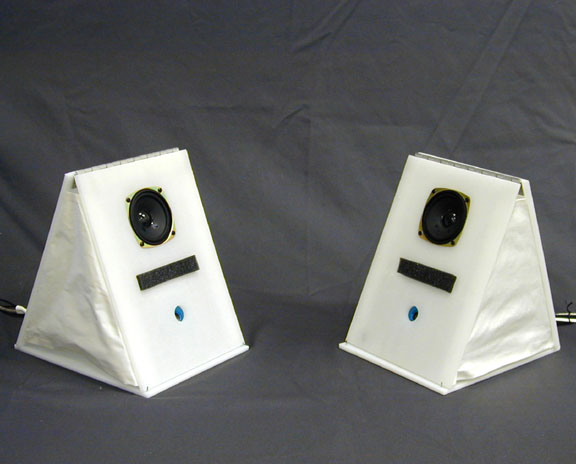The Universal Whistling Machine, 2003-2005
animal-machine-human communication
Whistling is a communication primitive in most human languages. Whistling is a kind of time travel to a less articulated state. Inhabitants of Gomera, one of the Canary Islands, use a whistling language, el Silbo Gomera, to communicate from hilltop to hilltop. Their powerful whistles travel farther than the spoken word. We share whistling and song with many animals. Mammals and birds carry the means for whistling in them. Just as we carry physical remnants of our bodily evolution in us, we carry the capacity for whistling in us.
U.W.M is an investigation into the vexing problem of human-machine interface design. Whistling is much closer to the phoneme-less signal primitives compatible with digital machinery than the messy domain of spoken language. As opposed to pushing machines into engaging humans in spoken language, U.W.M. suggests we meet on a middle ground. Whistling occurs across all languages and cultures. All people have the capacity to whistle, though many do not whistle well. Lacking phonemes, whistling is a pre-language language, a candidate for a limited Esperanto of human-machine communication.
Beyond alternatives to computer interfaces, U.W.M. also offers the potential for a new approach to human-animal communication. U.W.M. is capable of imitating certain bird whistles as easily as it can synthesize human whistles. Could this lead to new forms of human-machine-animal exchanges?

Text
Leonardo article
Acknowledgements
A collaboration with JT Rinker.